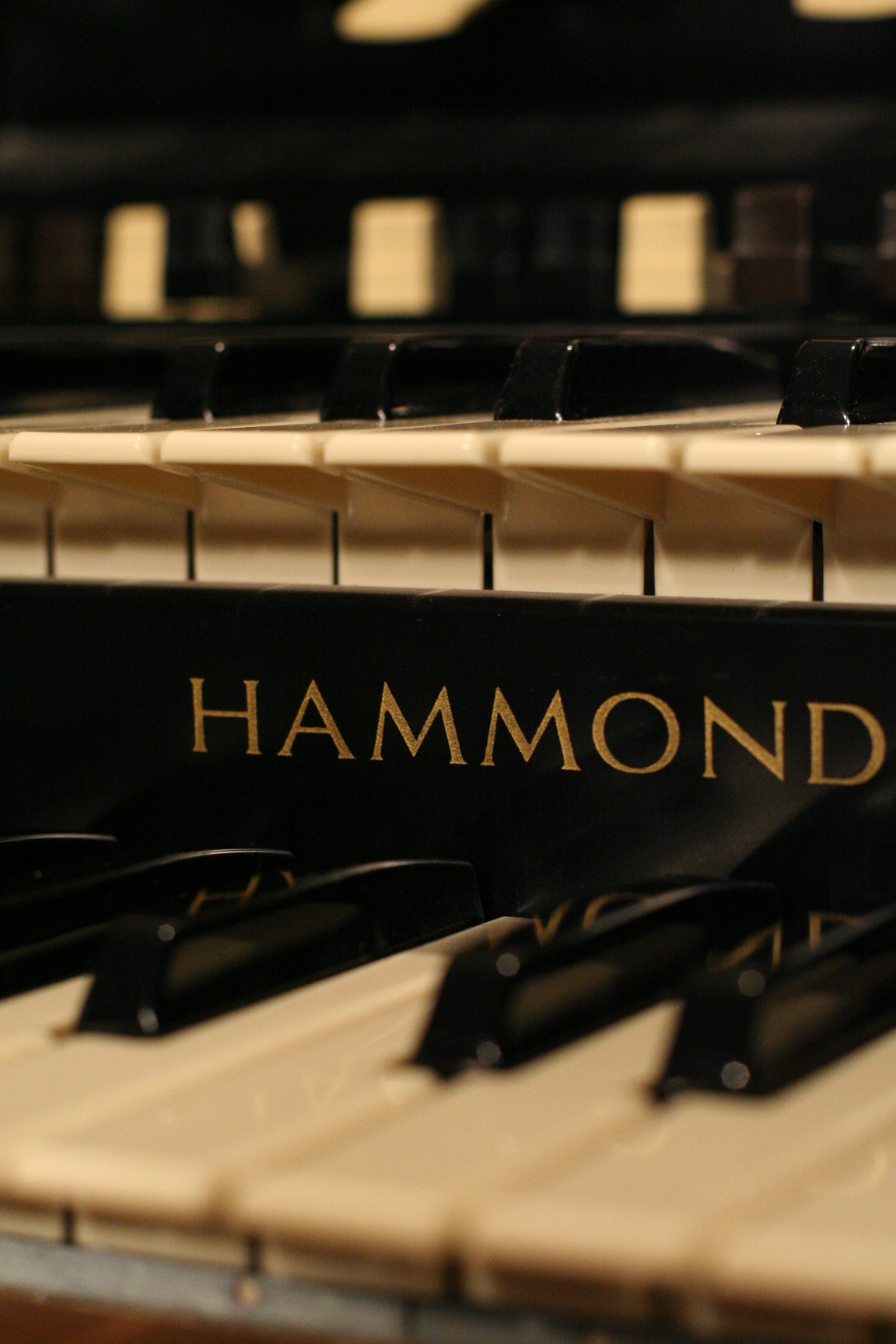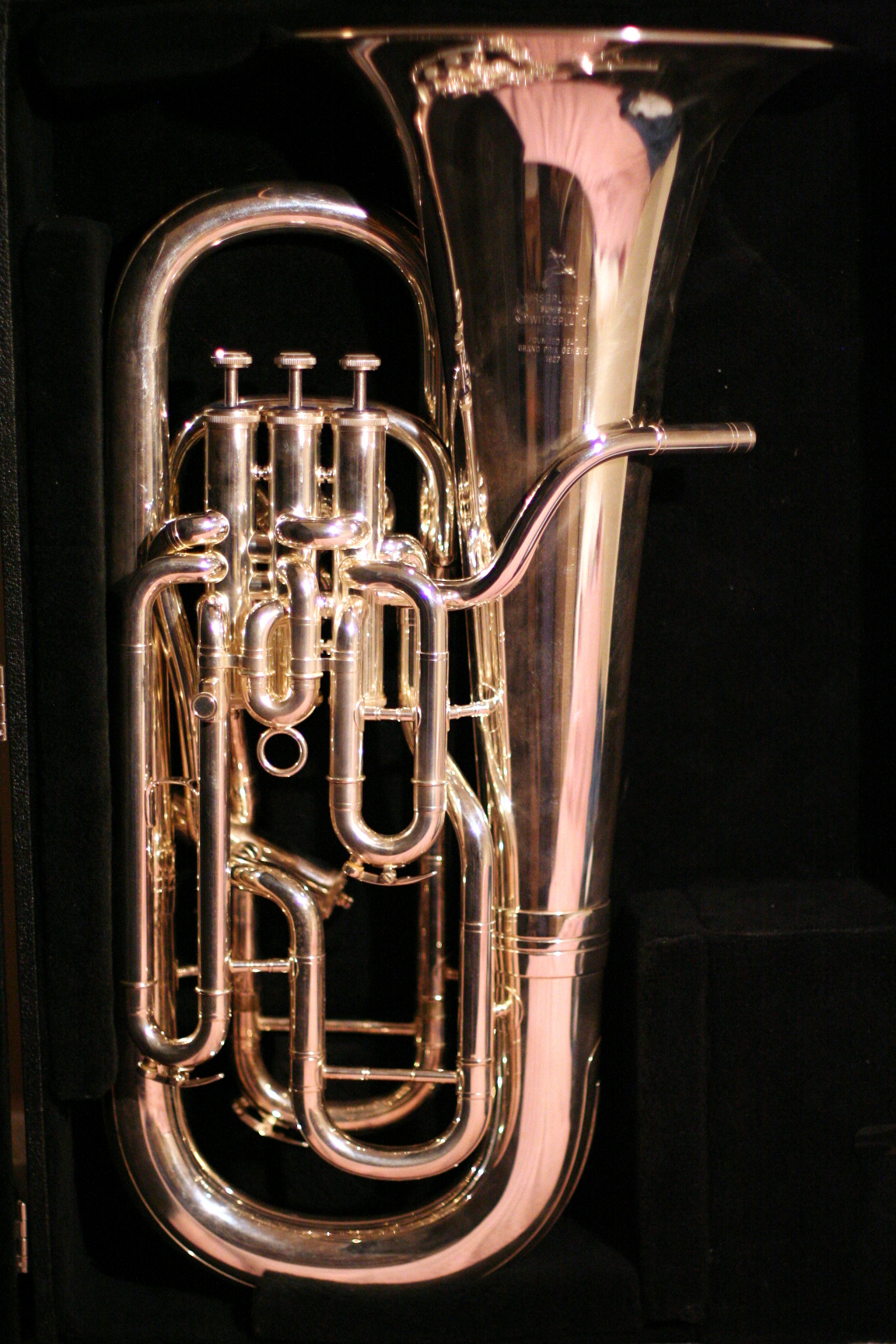I would have liked if I had earned a BA Mus. Ed., just so I could tell a joke.
No, instead I have a BM. Try telling people you have a BM and see what reaction you get.
When I was in the first grade, the music teacher, Mr. Mason, taught our class out of a little book titled Wee Sing Silly Songs. He played them for us on a piano in the music room. Our entire school only had 80 students, and what I remember is that his job also included mowing the grass.
Years later, as a student pursuing an . . . erm. . . BM . . . with an emphasis in music education, I was required to complete a course called Functional Piano. This was so that I could confidently play the ubiquitous music room piano in order to teach Wee Sing Silly Songs to gradeschoolers in my future career. The idea is that in one semester, your average music major can play all major and minor two octave scales, something Mozart wrote for little children to play, and sight-read a hymn in four parts from the Methodist Hymnal with five or fewer errors. There were other things on the checklist, but none of them were as horrible as these. This course took me six terms to complete.
I must have been just about the worst piano student ever. At one point the standard two-part Mozart children’s piece was abandoned altogether for a substitute because there were so many mistakes learned into my playing that it would be too hard to undo them. It was better to cut it loose and start from scratch on a new piece. Worse was the hymn. Since it was sight-reading, a different hymn was chosen at each lesson. By the end of the sixth term, all the other requirements of the class had been completed, and so the entire lesson was spent trying to successfully sight-read a hymn. There are only 552 hymns in that hymnal, and we were running out. I only had to do it once. It could be at any tempo. It could be the largoest of any largo you ever heard. It could be slow beyond recognition, just as long as one chord followed another at whatever tempo I chose, and five or fewer mistakes were made. Many times Dr. Hauff pointed out that if a hymn was difficult in real life, at least play the soprano and bass, but that for the purposes of completing the hymn requirement, we would keep hammering away at all four parts. (A few months ago, I was showing Mom and Dad my new-to-me Hammond organ by crashing through For All The Saints, sans pedals. Mom kindly pointed out that I might do better if I only played the top and bottom parts.) Eventually I got one hymn right, or right enough. I don’t know which hymn it was.
But the worst was yet to come. If I remember right, the final performance didn’t affect whether you passed or not, but it still had to be done. At the end of the term, all the Functional Piano students who had completed the requirements played at a sort of recital where all the Functional Piano professors heard you play your hymn and two-part little children’s piece. And the other Functional Piano students heard you too. They had probably all heard me for three years on the dilapidated Chickering upright in practice room B trying to figure this out, but it didn’t help. The final was an utter failure on my part. I wasn’t embarrassed for myself at being bad on an instrument that isn’t my main instrument. What made this the worst is that in front of the other piano professors and students, I embarrassed Dr. Hauff with the poorest showing after six terms of study.
The class was essentially private piano lessons, so I had plenty of attention. I was just a bad student. I didn’t practice enough. I was over-extended on other classes. The plight of the typical music major is that they have many more classes to fit into four years than any other discipline, and many of them are only one or two credit-hours because you can’t have students with a 32-hour load. I was never in less than three ensembles playing my native instrument. I’m sure I could have done better. I would love to play as well as my cousin, Steve. Steve can hammer out The Entertainer with speed and force that would make any piano bleed. Steve drives a motorcycle. Steve is cool. But I’m not Steve. I don’t drive a motorcycle. And I can’t play piano.
Ultimately, it comes down to how many fingers are involved. My first real instrument was B-flat trumpet – three fingers, all on one hand. The same three fingers also worked for baritone horn, valve trombone, F-horn (other hand), euphonium, and tuba. If you add a thumb or opposite index finger, you can also play the 4th valve of the last four instruments in the list. With brass instruments, that is pretty much all you need – four fingers, and they all stay on their own keys. With piano, it takes all 10, and they all have to play different notes. Beside that there are pedals to push with your feet – these do various and sundry things, only one of which I understand. With a better brass instrument, there are tuning levers and slides to move on the fly, but this is really beyond the functional level. So are the brass instruments with more than four rotors or pistons. With woodwinds, lots of fingers are involved, but at least they don’t each have to push multiple keys. Things pretty much stay where you start out. 88 keys to push is way too many. 61 on an organ manual is way too many. There are simply too many fingers and limbs involved, and my brain just can’t get everything in the right place at the right time. And so, loving piano and organ music, I seriously respect and wonder at musicians who can play keyboards very well.
My instrument was euphonium. What’s a euphonium?
This is my euphonium, Hirsbrunner model 479, serial number 323. It is most like a tuba, but since the tubing is only half as long, it sounds an octave higher. Like the tuba, it is also similar to the horn (call it a French horn if you must), in that the tubing is mostly a conical shape. This gives it a diffuse mellow sound compared to instruments like the trombone, trumpet and baritone horn where the tubing is mostly cylindrical and produce a sharper more focused sound.
I was considered a good player at the time, always first chair, but the pond is small when you are a euphonium player. And while I loved ensemble work, nerves were always a problem as a soloist. The most terrified I have ever been was before taking the stage four times to prove proficiency as a soloist in different periods of music. My last performance was in concert as a soloist with a full wind ensemble, playing the first movement of a concerto I had transcribed. After a 16-bar intro by the ensemble, I made my entrance . . . about 20 clicks faster than the ensemble was playing. Nerves throw my sense of time right out the window, along with my endurance. By the cadenza, my strength was gone, and after just a few improvised notes, I ended while I still could. I didn’t bother getting a tape of the performance. Upper range playing was always a problem while my low- and mid-range was rich and robust. One of my instructors commented that I may never have found the right instrument, and that tuba might have been better. My axe really deserves a better home than it has. I got my degree playing instruments owned by the university, and when that was done, had none to play. When the farm machines were sold a few years later, I bought the Hirsbrunner. I have never really played it. It’s probably time I do, in a capacity other than originally intended.
I also never taught music. I did very well in theory, ear-training, history, analysis, orchestration, and anything else that required thinking about music, but when it came to doing, I didn’t meet my own standard. I wanted to be a good teacher, and thought I wouldn’t be. I didn’t want to prove the adage that “those who can’t, teach.” I may have been wrong, but done is done. And so, having my BM, I now do board-level repair of electronics for a living, a vocation which suits me well.
Well, at least I don’t have to mow the grass at work.


